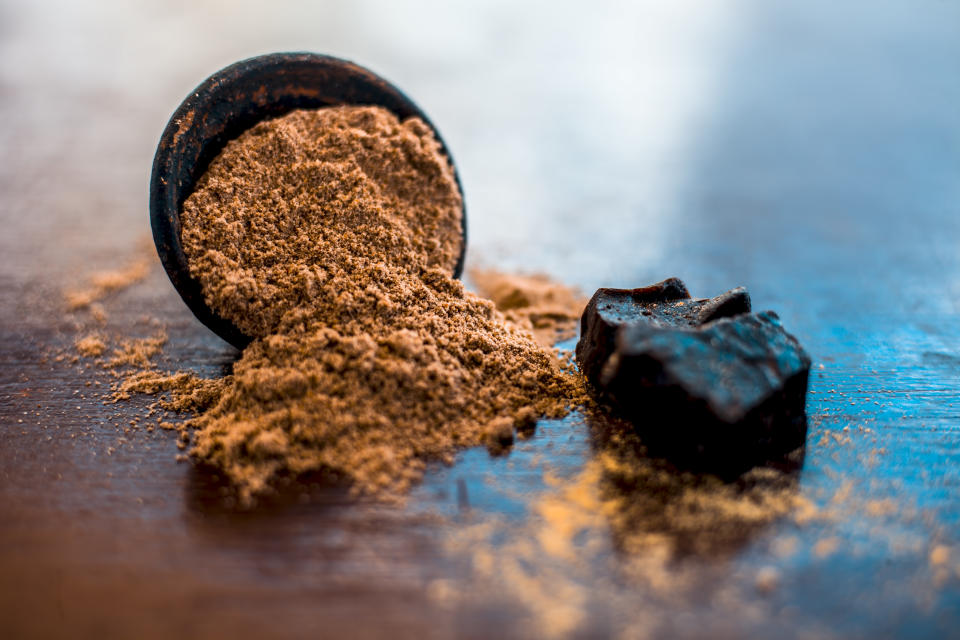Story of hing, the spice delicious dals are tempered with

The French have given it a rather unbecoming moniker – ‘Merde du Diable,’ literally meaning ‘Devil’s shit.' The English call it the more polite ‘Devil’s dung.’ Even its name - asafoetida - is derived from the Persian word aza, meaning resin and the Latin word foetidus, which means ‘smelling fetid, though the Persians also called it the ‘food of the Gods.’’
In India, though, we love our hing, that spice without which sambar, rasam, achars, rogan gosh or dal would lose its zing. Hing, or asafoetida, has its share of lovers and haters – there are those, like yours truly, who love the pungent smell of the spice which is so common in a south Indian household, and then there are those who just can’t take it.
But, did you know that this spice so ubiquitous in Indian kitchens was never cultivated India? Until recently, that is. The asafoetida we have consumed so far grows in the mountainous regions between the Mediterranean and Central Asia, primarily Iran, Afghanistan and Uzbekistan.
After centuries of importing the spice, India has finally started cultivating it in Himachal Pradesh’s Lahaul and Spiti Valley. Scientists from the Centre for Scientific and Industrial Research (CSIR) have developed the technology to grow the plant indigenously. They imported seeds from Iran and cultured them in fields in Lahaul, Spiti and Ribling, close to the laboratories.
These hing saplings have been planted on 500 hectares of land in the hope that local farmers will continue to cultivate it. Once successful, the team hopes to recreate the same in Arunachal Pradesh and Uttaranchal.
Asafoetida (Heeng) cultivation in Indian Himalayan region@CSIR_IHBT makes history; has brought in seeds of asafoetida and developed its agro-technology https://t.co/ZjcqjluCLR pic.twitter.com/yGOr7OrTsh
— PIB in Maharashtra 🇮🇳 (@PIBMumbai) October 19, 2020
Hinging on good health
Hing is often used in households where garlic and onions are not consumed. This is because it contains sulphide compounds, which are pungent in nature, and thus brings in umami to a dish. It is always used in tiny quantities and added directly to oil or ghee while cooking so that the aroma and flavour are released.
Apart from being used to flavour food, hing also has medicinal properties. Ayurveda suggests the use of hing during the rains as it enhances digestion. Most young parents have often been advised by elders to apply a paste made from hing in the abdominal area to relieve colicky babies. This is because the spice is rich in fibre and helps as a digestive aid and in warding off flatulence and bloating. Hign also has anti-microbial, and expectorant properties.
Asafoetida’s anti-coagulant property helps prevent blood clotting in the arteries, hence, is useful in reducing blood pressure. The spice is rich in potassium, which helps lower the chances of stroke and promotes overall cardiac health. Asafoetida is also considered to be an antidote for opium overuse.
A costly import
India is amongst the largest users of hing in the world – the country consumes 40 per cent of the world’s hing. India imports at least 1,200 tonnes of the spice, spending nearly Rs 900 crores every year. Wars and strife in Iran and Afghanistan have often made importing the spice difficult.
The history of India’s association with the spice goes back to the time of Alexander the Great and the 4th century BCE. According to many historical records, the Greek soldiers in Alexander’s army brought the plant with them to India, while others say that it could have been brought by Indian traders who travelled to the Persian empire. As the story goes, the Greek soldiers mistook the plant to be silphium, a rare plant used to tenderise meat.
Traditionally, spice importers have preferred asafoetida from the city of Mazar-e-Sharif in Afghanistan, as it is best suited to make compound asafoetida. The spice needs dry soil and climate under 35 degrees to grow, which is why the team have chosen Lahaul in India – a region that has a cold desert-like climate similar to the regions in Afghanistan where it is grown.
Asafoetida in its raw form can’t be consumed - it goes through a rather tedious process before it is fit for consumption. The resin-like gum is extracted from the dried sap of the root of the Ferula tree and crushed traditionally using a hammer or big stones.
Commercially available asafoetida is also not how the original plant extract looks like. It goes through a lot of processing and is often mixed with rice flour (in the south of India) or wheat flour (in the north) to reduce the pungency. This is also why a kilo of good quality asafoetida can cost as much as Rs 10,000. The plant takes time to grow - as per reports, farmers in Lahaul will have to wait for 4-5 years before the roots grow enough for the plant to release its sap. Scientists are hoping that the cultivation becomes a success so that India would no longer need to rely on others for its pinch of asafoetida.

 Yahoo Finance
Yahoo Finance 